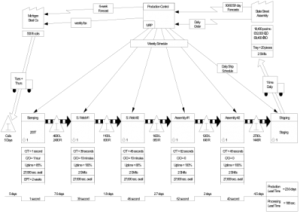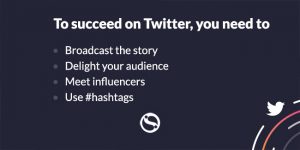During the early days of LinkedIn, it was acceptable for your LinkedIn profile to be a carbon copy of your resume. Heck – you were considered cutting edge for even having an account!
Fast Forward 14 years and everything has changed.
Today LinkedIn boasts over 400 million users and is THE #1 site used by recruiters to find talent prior to asking for a resume and to learn as much as possible about someone after seeing a resume.
Understanding the three main ways to differentiate your LinkedIn from your resume is key to differentiating yourself from a sea of clients – and has been instrumental to my clients getting interviews in under two months.
#1 HEADLINE
Resume – CHANGEABLE: Modify your headline to align with the jobs you are targeting. Remove the name of an industry before the job title to go from being industry-specific to industry-agnostic.
LinkedIn – KEY WORD SEARCHABLE: Don’t check the box that makes your headline default to your current job title. Instead incorporate keywords you believe a hiring manager or recruiter would use when searching for candidates like you.
#2 TONE
Resume – FORMAL: For the large majority of industries and job segments, a resume should have a slightly formal tone. Stay away from pronouns like “I” while keeping language clean, crisp and brief.
LinkedIn – CONVERSATIONAL: Think of your summary as the chance to chat with your readers. The tone, therefore, should be informal and conversational. Picture yourself talking with a hiring manager in your targeted industry or job category – and write the way you’d speak!
#3 SUMMARY:
Resume – SHORT & SWEET: Think of the summary section of your resume like the lead paragraph in a newspaper article.
When skimming the news, this three or four-line paragraph gives you an idea of what the story is about and compels you to read more when you have more time. Your resume’s summary section must do the same and stay at about the same length.
LinkedIn – EVERYTHING AND THE KITCHEN SINK: Lucky for us, LinkedIn offers 2000-characters to work with – I recommend maximizing this to the fullest by throwing everything into it (and the kitchen sink!).
A great LinkedIn profile summary written like a conversation gives the reader a sense of who you are and how you’re an ideal fit.
Unlike a resume, you have space to include some examples or career highlights, contact information AND a brief skill list ideal for skim reading.
Two Distinct Documents
Taking time to ensure your headline, summary and the tone of your LinkedIn profile are different from that of your resume is key to standing out from your competition, and to persuading readers to reach out for an interview!
Digital & Social Articles on Business 2 Community(6)






